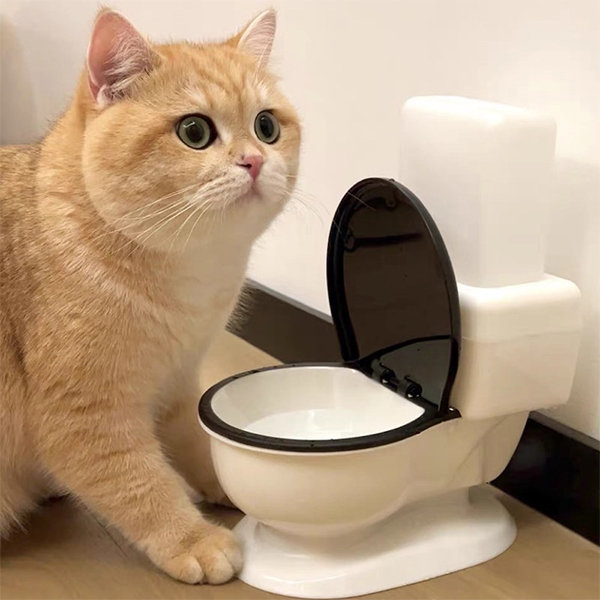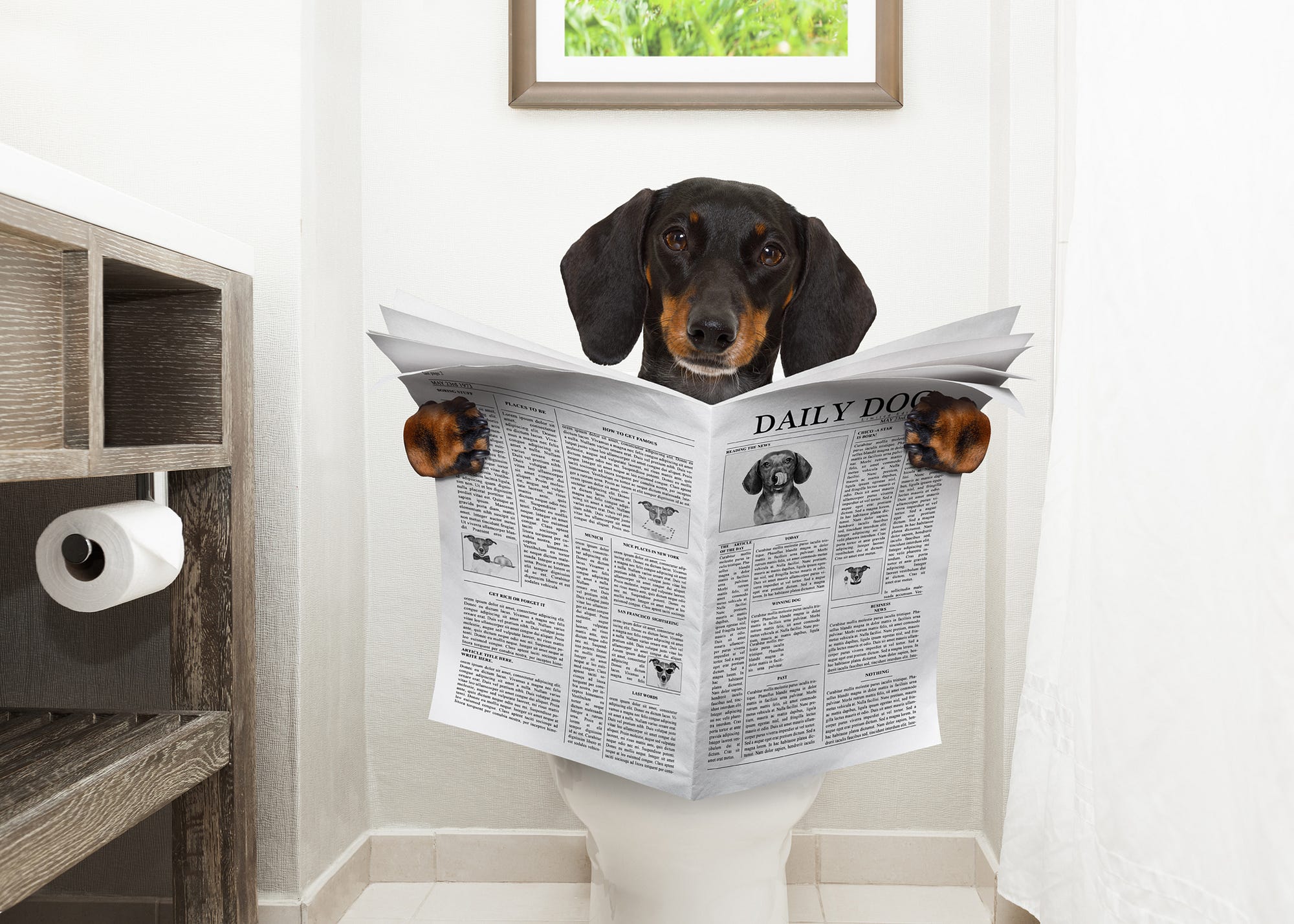Exploring Why Animal Waste Should Not Be Flushed Down the Toilet
Exploring Why Animal Waste Should Not Be Flushed Down the Toilet
Blog Article
They are making a number of great pointers regarding Why you should never flush dog poop down the toilet in general in this article directly below.

When it comes to throwing away waste, particularly animal waste, many people usually consider the hassle-free option of flushing it down the toilet. However, this seemingly very easy option can have severe effects for the setting and public health. In this short article, we'll explore why flushing animal waste down the toilet is a poor idea and provide different methods for proper disposal.
Intro
Appropriate waste disposal is crucial for maintaining ecological sustainability and public health. While it may appear safe to flush animal waste down the commode, it can result in different issues, both for the atmosphere and human health.
Threats of flushing animal waste
Ecological effect
Flushing pet waste introduces unsafe microorganisms and microorganisms into waterways, which can adversely impact water ecological communities. These microorganisms can infect water resources and damage marine life, interfering with fragile communities.
Public health worries
Pet waste includes harmful bacteria such as E. coli and Salmonella, which can present significant health risks to people. Purging animal waste down the commode can contaminate water products, bring about the spread of conditions and infections.
Alternatives to flushing
Rather than flushing pet waste down the toilet, there are a number of alternate disposal techniques that are more eco-friendly and sanitary.
Composting
Composting animal waste is an environmentally friendly way to throw away it. By composting, organic matter is broken down right into nutrient-rich dirt, which can be utilized to fertilize yards and plants.
Landfill disposal
Dealing with pet waste in a garbage dump is an additional choice. While not as eco-friendly as composting, it is a more secure choice to flushing, as it stops the contamination of water sources.
Family pet waste disposal systems
There are specific pet garbage disposal systems offered that safely and hygienically dispose of pet waste. These systems often use enzymes to break down waste and remove odors.
Actions to appropriate pet garbage disposal
To ensure correct disposal of pet waste, adhere to these steps:
Scooping and bagging waste
Consistently scoop and bag animal waste using biodegradable bags. This stops waste from infecting the environment.
Using assigned waste bins
Dispose of bagged pet waste in get more info marked waste bins, such as garden compost bins or garbage dump bins. Prevent flushing it down the commode at all costs.
Cleansing litter boxes and family pet locations frequently
On a regular basis tidy litter boxes and family pet areas to stop the accumulation of waste and bacteria. Usage pet-safe cleaning products to maintain hygiene.
Benefits of appropriate disposal approaches
Embracing appropriate disposal methods for pet waste offers several benefits:
Reduced environmental pollution
Appropriate disposal methods lower the threat of environmental pollution, securing rivers and environments from contamination
Lessened risk of water contamination.
By avoiding flushing animal waste down the bathroom, the danger of water contamination is significantly minimized, protecting public health.
Improved sanitation and hygiene
Proper disposal approaches advertise much better sanitation and health, developing a more secure setting for both human beings and animals.
Final thought
Finally, purging animal waste down the bathroom is unsafe to the environment and public health. By adopting different disposal approaches and complying with correct waste management methods, we can reduce the adverse influence of pet waste and add to a cleaner, much healthier world.
What To Do With Dog Poo – The Do's And Don'ts Of Disposing Of Faeces
Dog poo bins
Some councils provide dedicated dog waste bins in popular dog-walking areas that can take dog poo that has been bagged but you can legally dispose of dog waste in any public litter bin, as long as it is securely bagged. This also applies to your wheelie bin at home.
Do not flush
Water companies do not recommend flushing dog faeces down the toilet because certain parasites can survive the water processing treatment and are potentially harmful to humans. You should also never consider flushing dog poo that has been bagged down the toilet as the bags will not break down and instead create severe blockages in the sewage system.
In the woods
The Forestry Commission promotes a ‘stick and flick’ method for dealing with waste in the woods. This means finding a stick and using it to flick any poo from off the path so that it is out of the way of other walkers. You could also bury it as long as it is not in an area where there might be livestock.
Livestock
Parasites found in dog poo can be transmitted to livestock if they inadvertently eat infected faeces that has been left on grazing land. This could result in the death of sheep or abortion in cattle so you should always make sure you pick up your dog’s waste in fields where livestock could be present.

On a regular basis tidy litter boxes and family pet areas to stop the accumulation of waste and bacteria. Usage pet-safe cleaning products to maintain hygiene.
Benefits of appropriate disposal approaches
Embracing appropriate disposal methods for pet waste offers several benefits:
Reduced environmental pollution
Appropriate disposal methods lower the threat of environmental pollution, securing rivers and environments from contamination
Lessened risk of water contamination.
By avoiding flushing animal waste down the bathroom, the danger of water contamination is significantly minimized, protecting public health.
Improved sanitation and hygiene
Proper disposal approaches advertise much better sanitation and health, developing a more secure setting for both human beings and animals.
Final thought
Finally, purging animal waste down the bathroom is unsafe to the environment and public health. By adopting different disposal approaches and complying with correct waste management methods, we can reduce the adverse influence of pet waste and add to a cleaner, much healthier world.
What To Do With Dog Poo – The Do's And Don'ts Of Disposing Of Faeces
Dog poo bins
Some councils provide dedicated dog waste bins in popular dog-walking areas that can take dog poo that has been bagged but you can legally dispose of dog waste in any public litter bin, as long as it is securely bagged. This also applies to your wheelie bin at home.
Do not flush
Water companies do not recommend flushing dog faeces down the toilet because certain parasites can survive the water processing treatment and are potentially harmful to humans. You should also never consider flushing dog poo that has been bagged down the toilet as the bags will not break down and instead create severe blockages in the sewage system.
In the woods
The Forestry Commission promotes a ‘stick and flick’ method for dealing with waste in the woods. This means finding a stick and using it to flick any poo from off the path so that it is out of the way of other walkers. You could also bury it as long as it is not in an area where there might be livestock.
Livestock
Parasites found in dog poo can be transmitted to livestock if they inadvertently eat infected faeces that has been left on grazing land. This could result in the death of sheep or abortion in cattle so you should always make sure you pick up your dog’s waste in fields where livestock could be present.

As an avid reader about Why you should never flush dog poop down the toilet, I imagined sharing that excerpt was a smart idea. Please set aside a second to distribute this blog if you enjoyed reading it. I thank you for your readership.
About Report this page